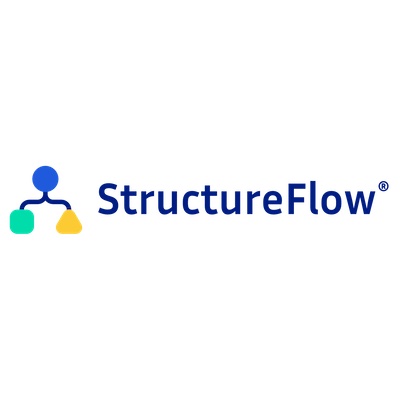StructureFlow – the basics
★ What is StructureFlow?– A smart visualisation tool for lawyers and finance professionals
★ What does it do? – Helps users understand and navigate complex structures
★ How does it do that? – The cloud based interface empowers users to think and communicate visually, trough rapid, data rich diagramming,
★ Unique Selling Point – StructureFlow’s diagrams are the anchoring window into the structure
Back to basics
The legal buzzword “structure” is one we hear all the time, but what does it actually mean? Tim Follet, Founder and CEO of StructureFlow explains a corporate or legal structure as an arrangement of things and the relationship between those things. Simply put, a number of different companies are involved in running a business and holding assets, each linked by a web of contractual relationships. These complex structures are at the heart of what a law firm works on with their clients. Keeping these structures organised and logically connected is a vital but difficult task. That’s where StructureFlow comes in.
A picture speaks a thousand words
As Tim eloquently puts it:
“The diagram is the window into the structure.”
Indeed, even though written words are an essential element of a lawyer’s toolkit, you can describe a structure and communicate information much quicker through a visual diagram and it allows you to spot connections you might not otherwise see in a large piece of text. What’s more, StructureFlow is cloud based which allows multiple people with different hats to look at one single visuality of information at the same time and collaboratively work around it. All communication stays within the diagram, to avoid loss of information and miscommunication through email and various file versions.
Growing success
Since recording the podcast episode last May 2020, the added value to and potential of StructureFlow for legal teams has been widely recognized. Indeed, after winning Slaughter and May’s first Collaborate legal tech incubator programme in July 2019, StructureFlow will be implemented across the firm. It will allow teams to better manage and organise data and transactions and to present work to clients in a professional manner. Watch this video to find out more about the kind of work StructureFlow is useful for.
Intrigued by the tool and its potential and want to learn more about StructureFlow? Give the podcast episode a listen where Tim discusses the use cases in more detail and shares his vision for the tool in the future, including the power of data and how the tool looks to leverage it.
